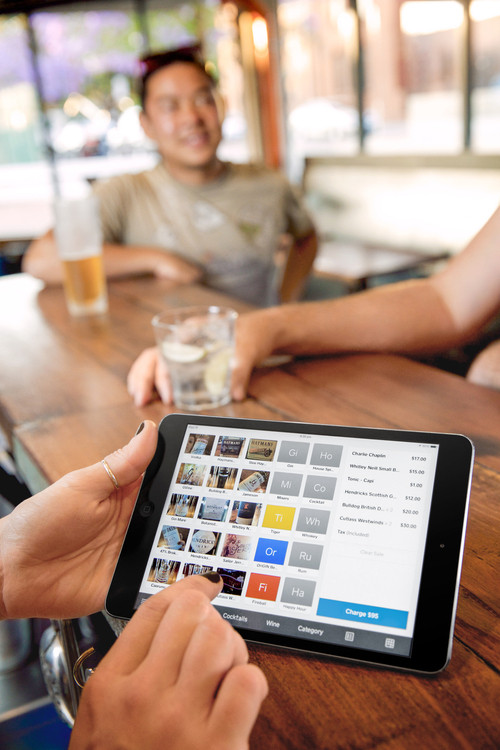As Square Inc. enters its 11th year in business, observers have noted how it is depending increasingly on sales to larger sellers. But its financial results for the second quarter, released Thursday, indicate how the San Francisco-based company is also depending more and more on its rapidly growing consumer business, which now accounts for 21% of overall revenue, up from 16% a year ago.
Also on Thursday, Square announced it has sold Caviar, a food-delivery business it acquired five years ago, to DoorDash for $410 million in cash and DoorDash preferred stock. Caviar helped Square penetrate a key merchant market but straddled its commercial and consumer segments.
Selling the unit, the company said, will help bring “clarity” to its operation. It will also bring in a substantial profit. Square in 2014 did not disclose what it paid for Caviar, but at the time the online technology journal TechCrunch estimated the price at $90 million. Square expects the transaction to close before year’s end.

Square’s consumer business, driven by its Cash App peer-to-peer payment product, has nearly doubled in the past year, according to figures the company released Thursday. Cash App accounted for $135 million in second-quarter revenue, excluding some $125 million in Bitcoin proceeds, the company said. That’s up from virtually nothing three years ago. “Cash App is now a meaningful contributor to our revenue,” Amrita Ahuja, Square’s chief financial officer, told analysts.
The app includes Cash Card, a Visa-branded debit card launched in June 2017 that now claims 3.5 million active users and on which Square earns interchange revenue. The card, along with a fee-bearing instant-deposit feature, are the two biggest contributors to Cash App’s revenue, Ahuja said.
The card, however, also helps link the two legs of Square’s business—merchants and consumers, according to chief executive Jack Dorsey. He pointed out Thursday by way of example that many Square business clients use the card to pay their employees. “We have seen some cross-over between these ecosystems, and we think there’s more opportunity in connecting the two ecosystems and having a positive reinforcement between the two,” he told analysts.
Merchants are Square’s original market, and more and more these are now larger businesses. For the first time, sellers generating more than $125,000 in annual gross payment volume account for more than half (54%) of Square’s total volume. Those doing half a million or more in volume account for 26% of the company’s total, up from 22% a year ago.
That trend is putting pressure on margins as larger businesses exercise greater bargaining power. “We expect margins to come down throughout the year as we add larger sellers,” Ahuja said.
At $1.17 billion, total quarterly revenue exceeded $1 billion for the first time, while gross payment volume jumped 25% year-over-year to $26.8 billion. Square narrowed its loss in the quarter, with a $7-million deficit compared to $38 million in the first quarter. A year ago, however, the net loss was $6 million.





